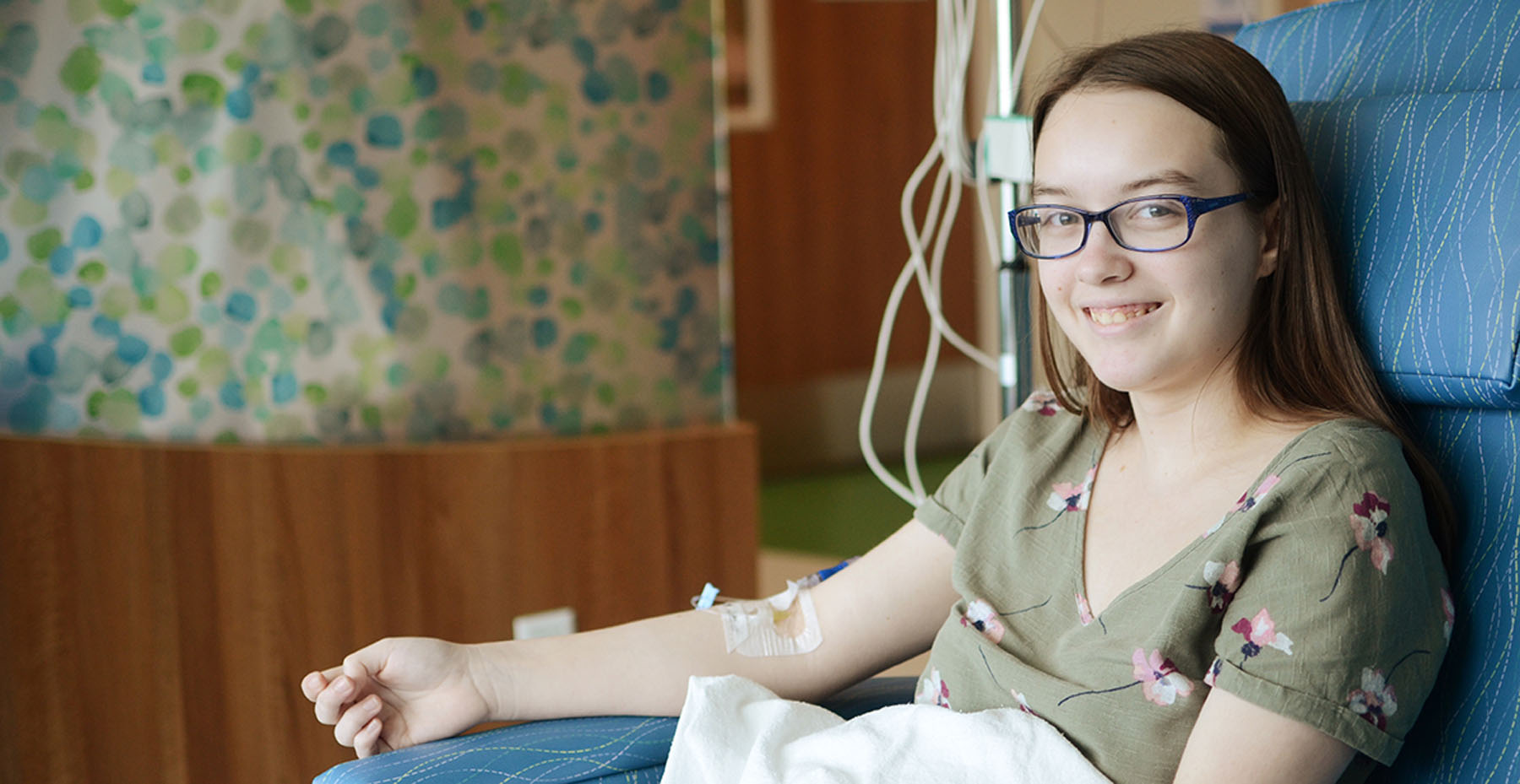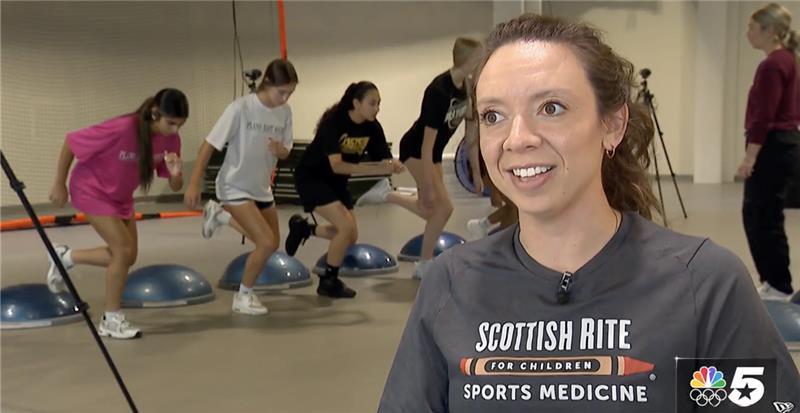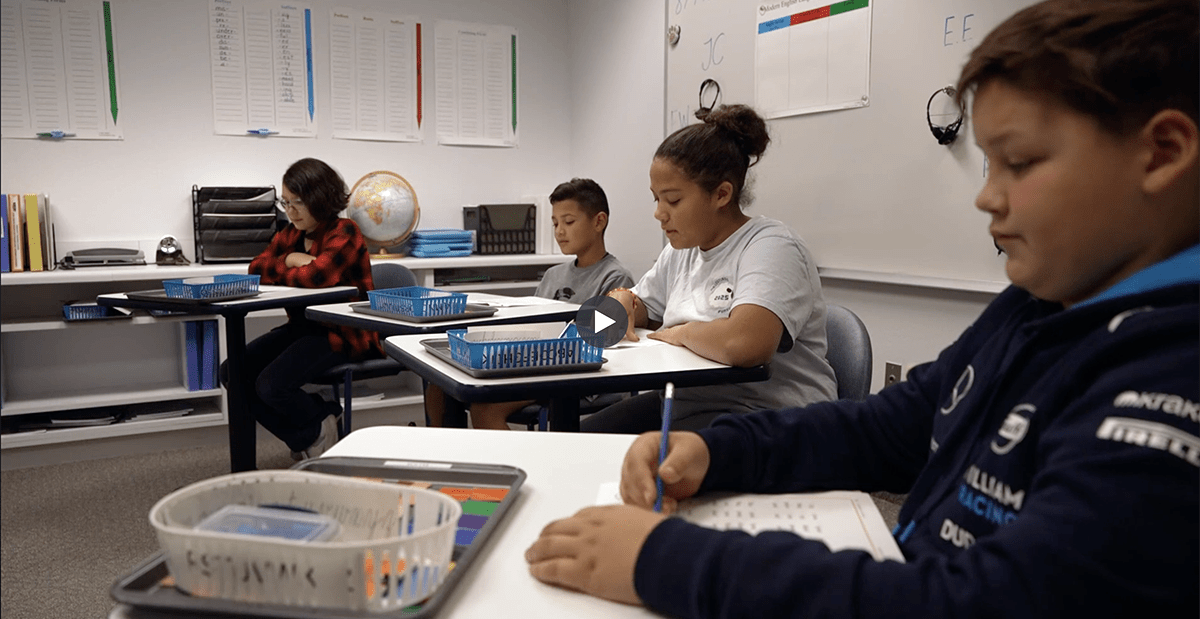What is juvenile dermatomyositis (JDM)?
- juvenile = this condition happens in children
- dermato = skin
- myositis = muscle
Symptoms of JDM include muscle inflammation (myositis) that results in weakness, and skin (dermato) rash. Other symptoms may include:
- Getting tired easily.
- Trouble walking, playing, brushing your hair or going up and down stairs.
- Problems eating and drinking.
There are several different steps to confirm diagnosis. Below is what you can expect if your child potentially has JDM:
Lab
- Your child will need blood work. This will help the doctor know what is going on inside the body.
- Once in the lab, your child will sit in a chair and a large rubber band or strap will be wrapped around their arm (also known as a tourniquet).
- Then the lab technician will place a needle in their arm.
- It will be very quick, and once finished, a colorful bandage wrap will put around the arm.
MRI (Magnetic Resonance Imaging)
- An MRI is also needed to take pictures so that the doctor can see inside your child’s body.
- The patient will need to go inside a big tube that is shaped like a donut.
- The machine makes loud banging noises when taking pictures, but we offer the child the option of watching a movie or listening to music while in the MRI.
- The most important thing is that the patient stays still during the test.
Muscle Biopsy
- To help the doctor see what is going on inside your child’s body in a different way, a muscle biopsy is done.
- A biopsy helps our team see a small part of the body. They will remove a small piece of tissue while your child is asleep.
- After the biopsy, your child will wake up and have a small spot that may be sore. Our team will teach you how to take care of it and keep it clean.
Swallow Study
- Your doctor has decided that they need see how your child eats and drinks.
- A feeding expert will take pictures while your child eats and drinks to see how the throat muscles work.
- During the study, the patient will eat and drink lots of different things. The food and drinks may look different, but they will taste like they always do.
Treatment Options
Steroids
- While on steroids, you may notice changes to your child’s body. Examples include:
- Hungrier than usual.
- Your child may notice a funny taste in their mouth.
- Change in their mood.
- Their body may also change. Such as their face becoming puffy or changes to the skin.
IV (Intravenous) Start
- This means that your child will go to a special room where a nurse will put a small straw in their arm or hand.
- The medicine will then go through the straw directly into their body.
- This way of giving medicines helps our team get your child healthy much faster than with other medicines.
- If the child is coming back for another day of medicine, they may go home with the straw or IV in place. It will be wrapped in a colorful bandage wrap.
What else is can I do to stay healthy?
- Wear sunscreen every day.
- Take the prescribed medicines given by the doctor.
- Eat healthy foods.
Learn more about the Rheumatology department.














